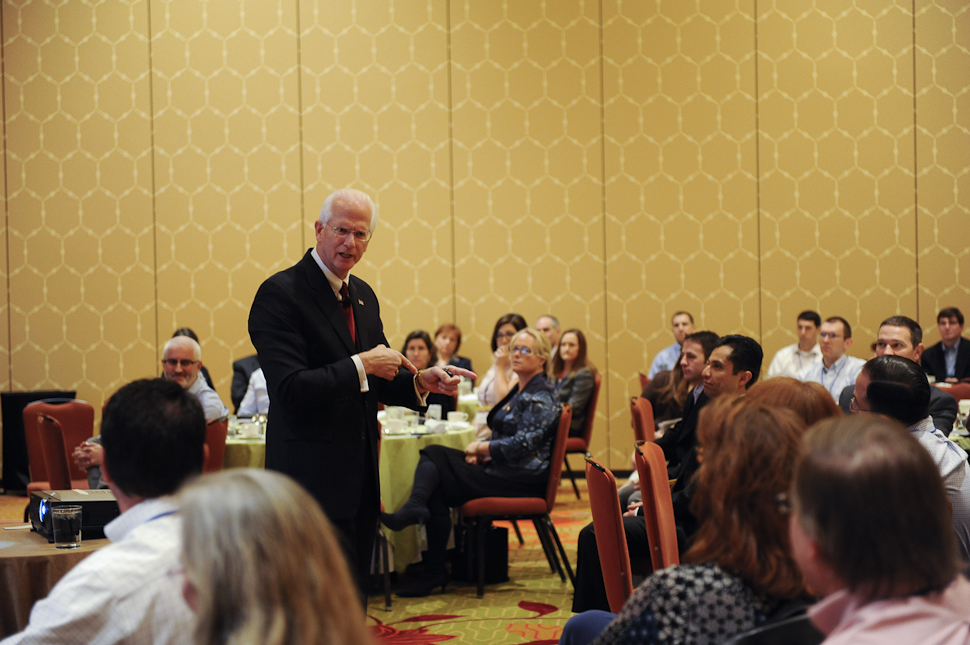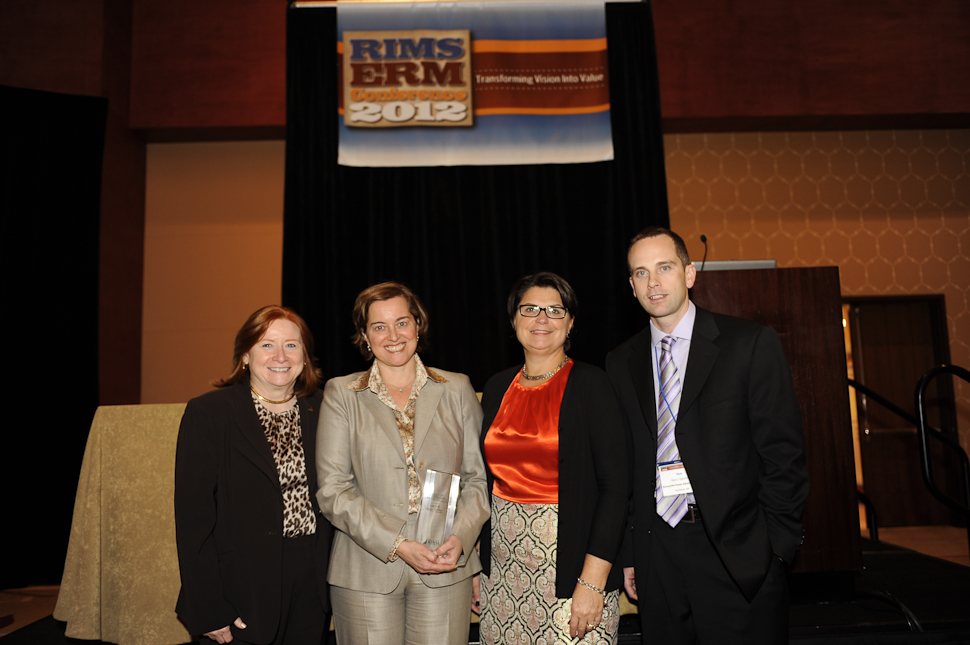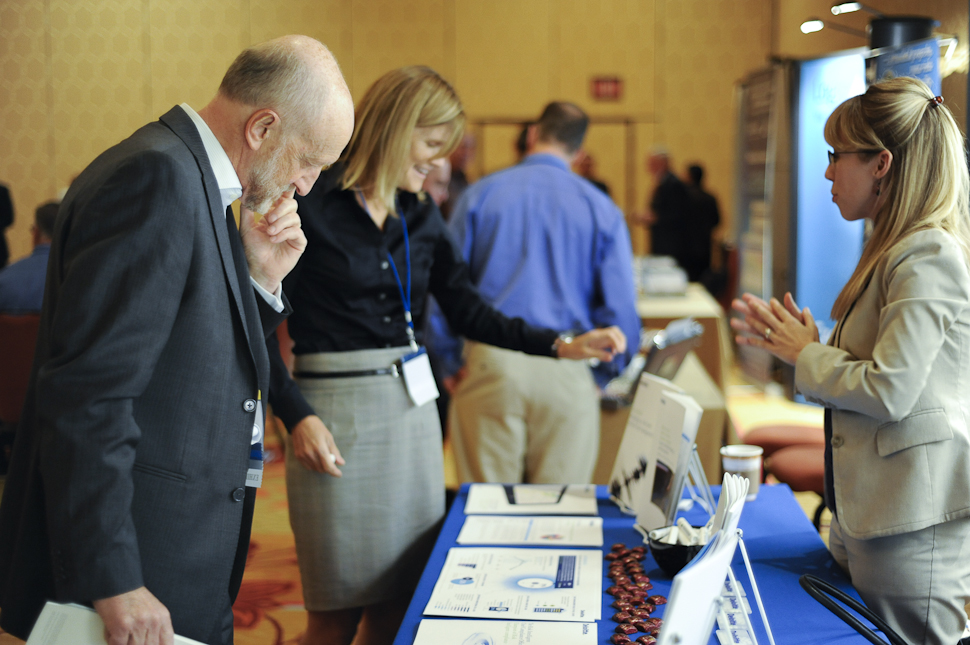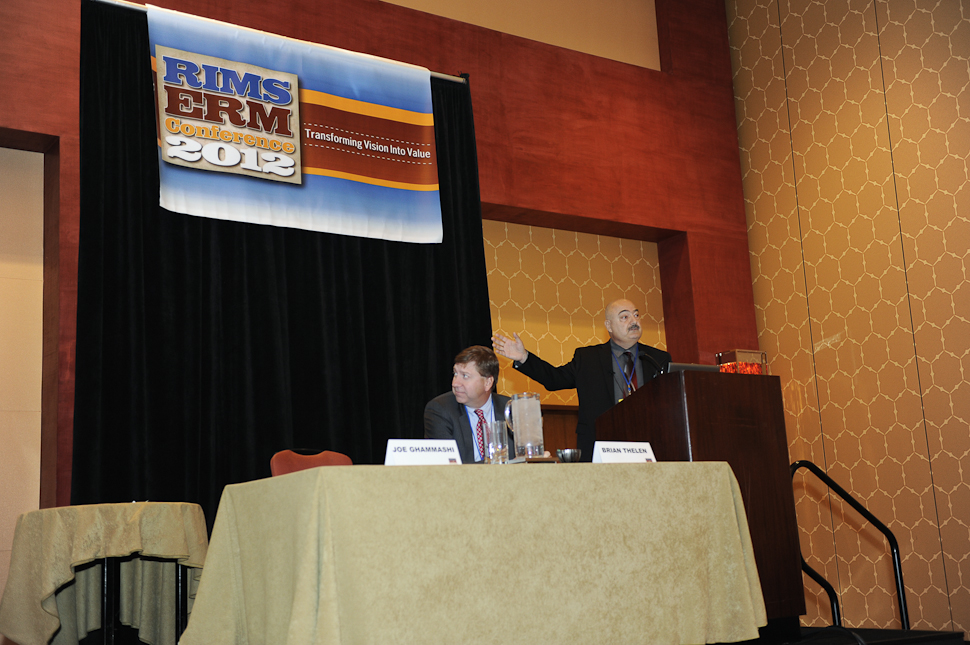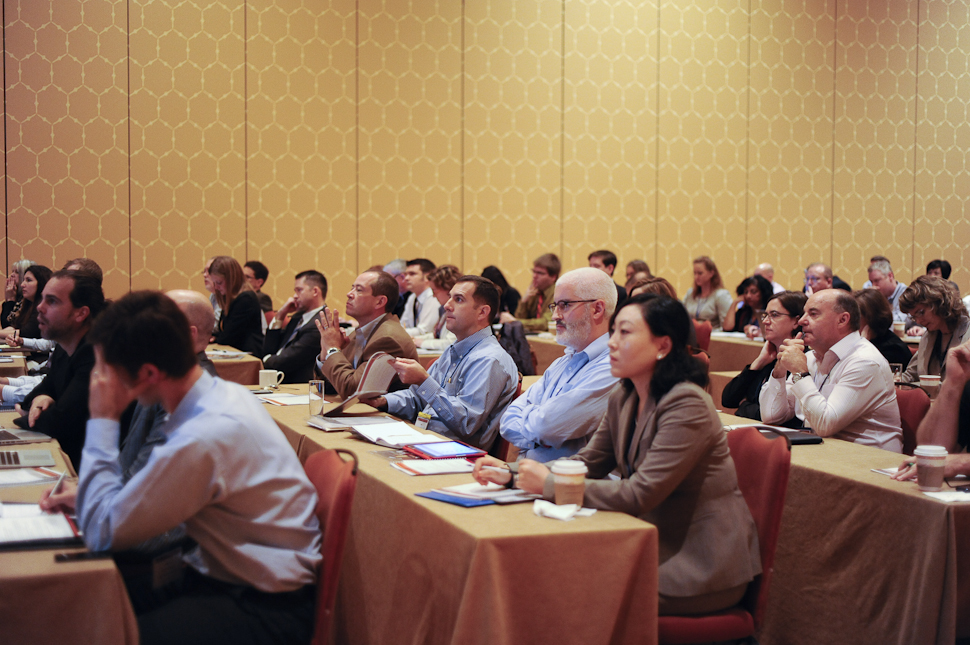It probably goes without saying, but it has been a trying couple of weeks for just about everyone in the New York/New Jersey area.
With Hurricane Sandy-related power outages, transportation issues and gas shortages still ongoing, getting back to normal has been a lot more difficult than anyone would have expected. But today it’s 60 degrees and sunny (it was snowing last week), so even if the area still has a long way to go to recover, there is some reason for optimism.
And as the area recovers from this epic storm, the conversation is beginning to turn to how we prevent a disaster like this from happening again. To that end, Brian Walsh offered his take on how we can better prepare for future weather-related catastrophes in the latest issue of Time magazine.
But for [New York Governor Andrew] Cuomo, Sandy was the harbinger of something even worse. “We have a 100-year flood every two years now,” he said. “We need to make sure that if there is weather like this, we are more prepared and protected than we have been before.”
We’ll need to be. Thanks to a combination of factors — more people and property in vulnerable coastal areas as well as climate change — we’re likely to experience disasters on the scale of Sandy more often in the future.
That’s a future we’re not ready to handle, and judging from the near total absence of debate about global warming on the presidential campaign trail, it’s a future we’re not even thinking about.online pharmacy prelone with best prices today in the USAThe good news is that there’s still time to prepare — if we heed the lessons of the storm.
online pharmacy apixaban with best prices today in the USA
Among the issues Walsh discusses are making continued investments in weather forecasting, strengthening our outdated power grid, the importance of federal disaster response, acknowledging climate change and developing an infrastructure that is more storm resistant, especially given how many people live along vulnerable coastlines. Of course, many of these measures come with a hefty price tag (installing sea barriers to protect New York City from storm surges could cost as much as $17 billion), but considering that early estimates have put the cost of this storm alone somewhere around $50 billion and most experts believe this won’t be the last storm we will have to endure, it would seem like money well spent.
It’s unfortunate that it usually takes a disaster to get the general public thinking about issues that most risk managers have been talking about for years. But now at least some of these conversations are heading in the right direction.
Recovery from Hurricane Sandy is ongoing and many families and communities are still in desperate need of assistance. For more information about how you can help, please visit the American Red Cross at www.redcross.org.


